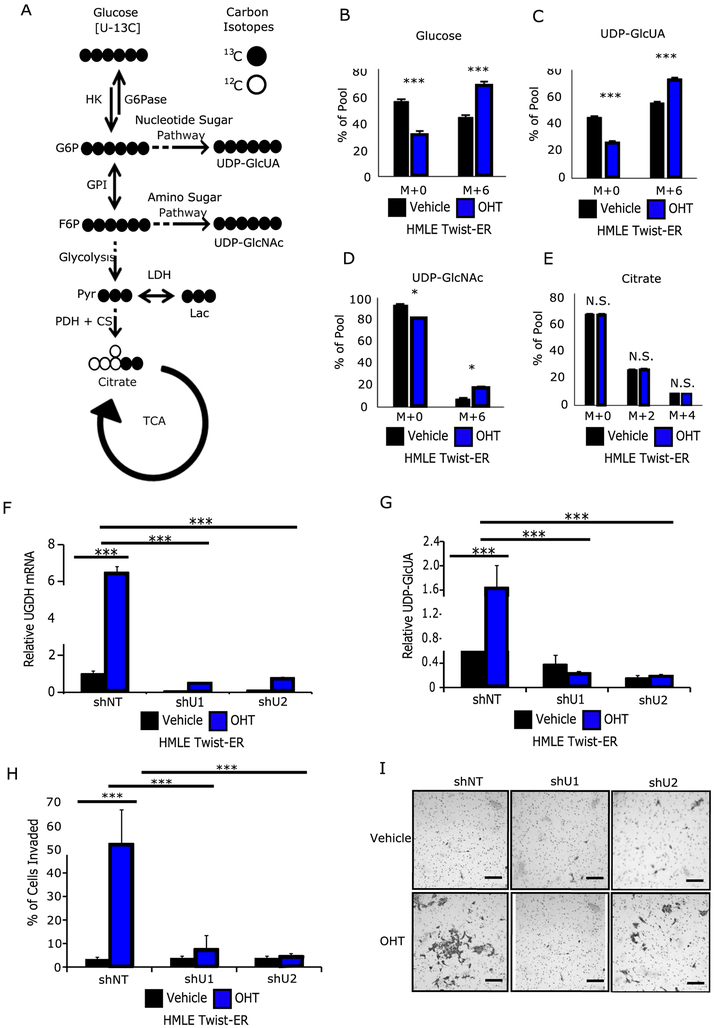Figure 2: Twist promotes a mesenchymal-like phenotype which reprograms glucose metabolism to favor HA production.
A) Simplified carbon fate map from glucose to the HA precursors UDP-glucuronic acid (UDP-GlcUA) and UDP-N-acetylglucosamine (UDP-GlcNAc), as well as towards energy metabolism via glycolysis and entry into the tricarboxylic acid (TCA) pathway via citrate. A 13C universally-labeled glucose moiety will contribute 6 carbons to both UDP-GlcUA and UDP-GlcNAc, and two carbons to citrate on the first turn of the TCA. Citrate may obtain up to four labeled carbons upon a second turn of the TCA. After 6 hours of incubation with 13C universally-labeled glucose OHT-treated cells possessed: B) a 25% increase in the proportion of labeled glucose, C) a 20% increase in the proportion of labeled UDP-GlcUA, D) a 10% increase in the proportion of labeled UDP-GlcNAc, and E) no change in labeled citrate. F) shRNA-mediated knockdown (KD) of UGDH in control and OHT-treated HMLE Twist-ER cells. G) UGDH KD results in significantly decreases intracellular UDP-GlcUA. H) UGDH KD significantly decreases cellular invasion. I) Representative images of invaded cells. Scale bars = 100 μm. N.S. = not significant, * p < 0.05, *** < 0.001, versus control.

